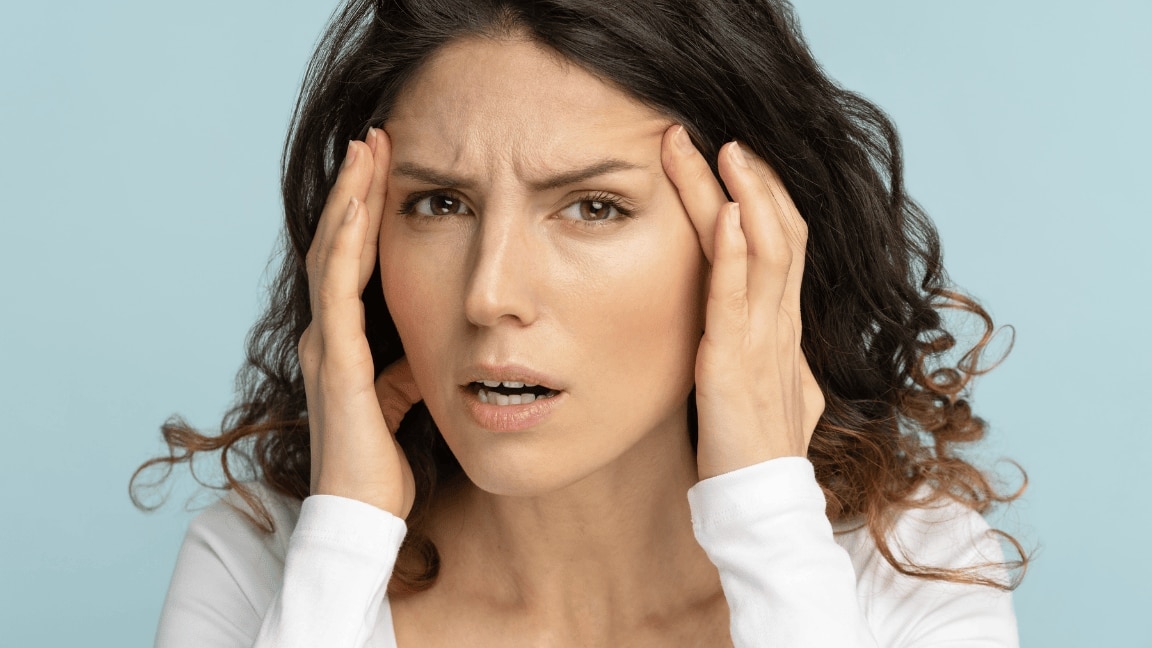Pale skin or pallor occurs when the natural skin colour appears lighter than usual. It may occur all over the body or be restricted to one area such as the face. It can affect a person with any skin tone but is more apparent among those with deeper skin tones. The condition is usually accompanied by paleness on the surface of the tongue, inside of the mouth and the lining of the eyes. At times it could also be an indication of an underlying disease. What causes pale skin? A sudden drop in red blood cells in the body can be a major factor, along with conditions like anemia, poor circulation, vitamin deficiencies, or even shock. Anyone can develop pale skin at any point in time, but to understand why it happens, it is best to ask an expert instead of self-diagnosing and medicating. The search results on the internet can be pretty scary at times, so, to save you the trouble, we contacted Mumbai based skin expert, Dr. Mrunal Shah Modi, to understand the causes as well as learn about a few treatment options and home remedies. So, how to get rid of pale skin naturally? There are some simple yet effective ways to deal with pale skin, scroll down to learn them all.
01Difference between pale skin and fair skin
Pale skin is often confused with very fair skin. In fact, those with fair skin may have a hard time figuring out if and when their skin turns pale. Therefore,we asked Dr. Modi to simplify the two for us. Pale skin happens because of underlying health problems like anaemia, vitamin deficiency, low blood pressure, etc., and is usually associated with other symptoms like tiredness and lethargy. Fair skin, on the other hand, is not associated with any health issues. Pale skin may have a sudden onset, but fair skin is something people may be born with. Pale skin makes the skin look very dull, but fair skin looks healthy and bright.
02What are the causes of pale skin?
"When the skin looks lighter than usual, it is referred to as pale skin. It is usually accompanied by other health issues. The most common cause of pale skin is anaemia. It is a condition where the blood doesn't have enough red blood cells. Red blood cells have hemoglobin which carries oxygen, and when these become less in number, it causes the skin to look pale. Different types of anaemia like iron deficiency anaemia, sickle cell anaemia, hemolytic or aplastic anaemia cause the skin to look pale," says Dr. Modi . But that's not the only reason why a person might be experiencing pale skin, here are a few more pale skin causes and why it could be happening according to our expert:
i) Excessive bleeding:
Bleeding excessively due to periods, or injuries reduce the iron levels in the body causing pale skin.
ii) Malnutrition and vitamin deficiency:
Those with vitamin deficiency, especially B12, can experience skin paleness.
iii) Breathlessness and breathing problems:
The body doesn't receive enough oxygen making the skin look pale.
iv) Genetic disorders:
Rare genetic disorders can affect the red blood cells leading to chronic paleness. However, this is a lifelong condition and does not occur for a short duration.
v) Temperature:
Extreme cold temperatures or frostbite can cause pale skin
vi) Low blood pressure:
A drop in blood pressure can also turn the skin pale, this is accompanied by other symptoms like dizziness, weakness and fatigue.
vii) Decreased exposure to the sun:
The body makes essential vitamins from exposure to sunlight, and when the exposure decreases, it causes a deficiency, which may lead to pale skin.
03Ways to make pale skin glow
Pale skin can be difficult to manage, but not when you have some expert insights on how to tackle the problem. Here are a few tips from Dr. Modi that can help you get your natural skin tone back.
- Diet

To regain your skin's natural colour and get rid of the pale colour skin , it is important to first make a few changes to your diet. You are what you eat, and when dealing with pale skin your body requires additional vitamins and nutrients that can be easily derived through food. "A diet which is rich in antioxidants, fatty acids, minerals like zinc and iron, foods rich in omega 3 and omega 6 fatty acids is recommended. To improve the anaemia, eat green leafy vegetables, dates, jaggery, raisins, and fruits like cherries, papaya and pomegranate. Non-vegetarians can rely on meat like beef and pork. Other antioxidant-rich foods like seafood, beans, nuts and seeds, chicken, fish, broccoli, etc will also help," suggests Dr. Modi.
- Skin care
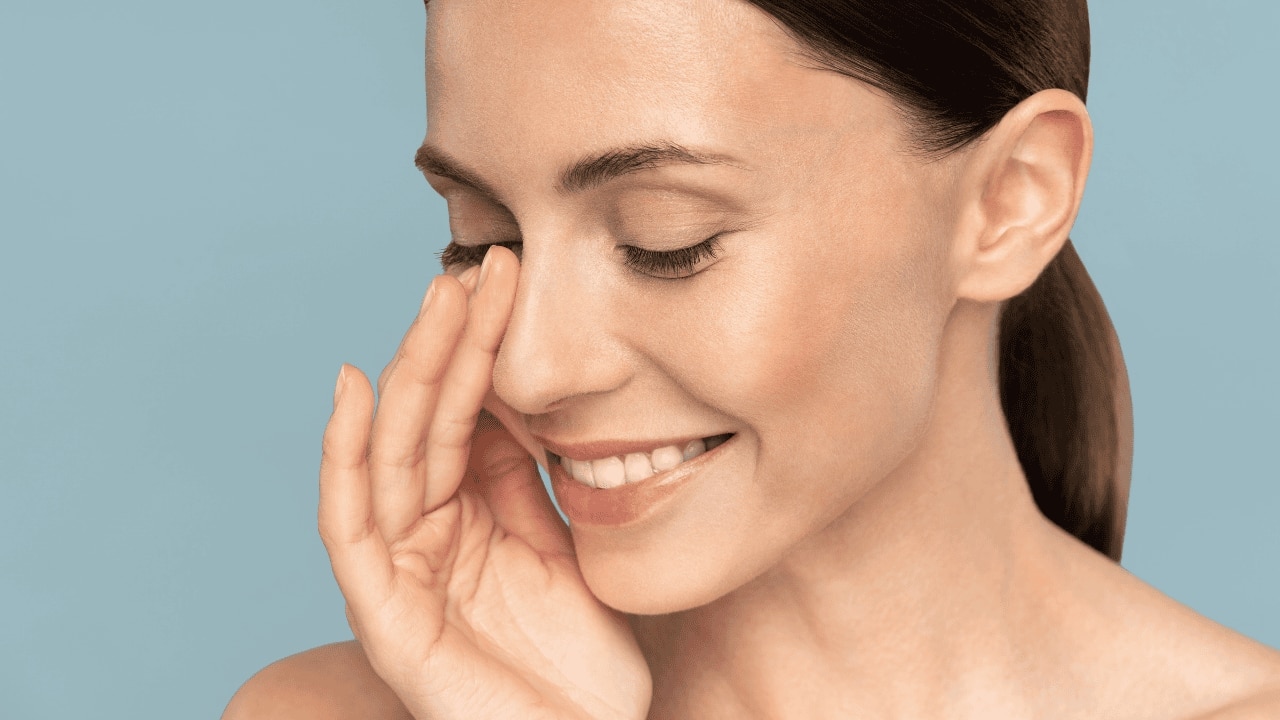
No matter what your skin type or age, a simple skincare routine that includes cleansing, toning and moisturising can improve the texture and add a healthy glow. "Build a good skincare routine which includes exfoliating and masking along with your regular CTM to nourish and brighten the skin. Regular exfoliation helps remove the superficial dead skin and reveals the smooth and glowing skin underneath. Drinking a lot of water and staying hydrated is also necessary to get flawless and youthful skin," says Dr. Modi.
- Medical treatments
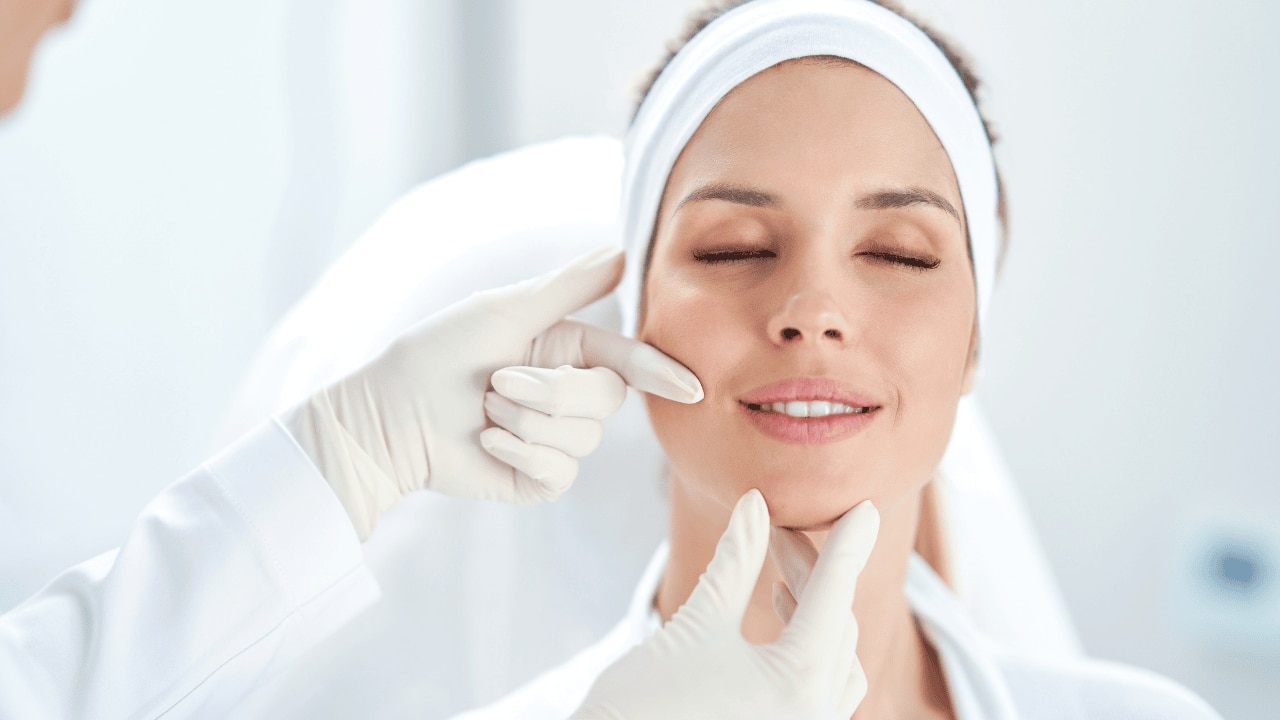
"Anemia is the number one cause of pale skin and seeking professional help is recommended during such a situation. Is it important to set up an appointment with your health practitioner at the earliest to get to the root of the problem and get it treated immediately," advises Dr. Modi.
04Home remedies for pale skin
Next, we asked Dr. Modi if any home remedies can help solve the problem of pale skin and help regain natural skin tone, here are a few ingredients she mentioned. If you're wondering how to get rid of pale face, here are a few ingredients she mentioned.
- Sandalwood pack
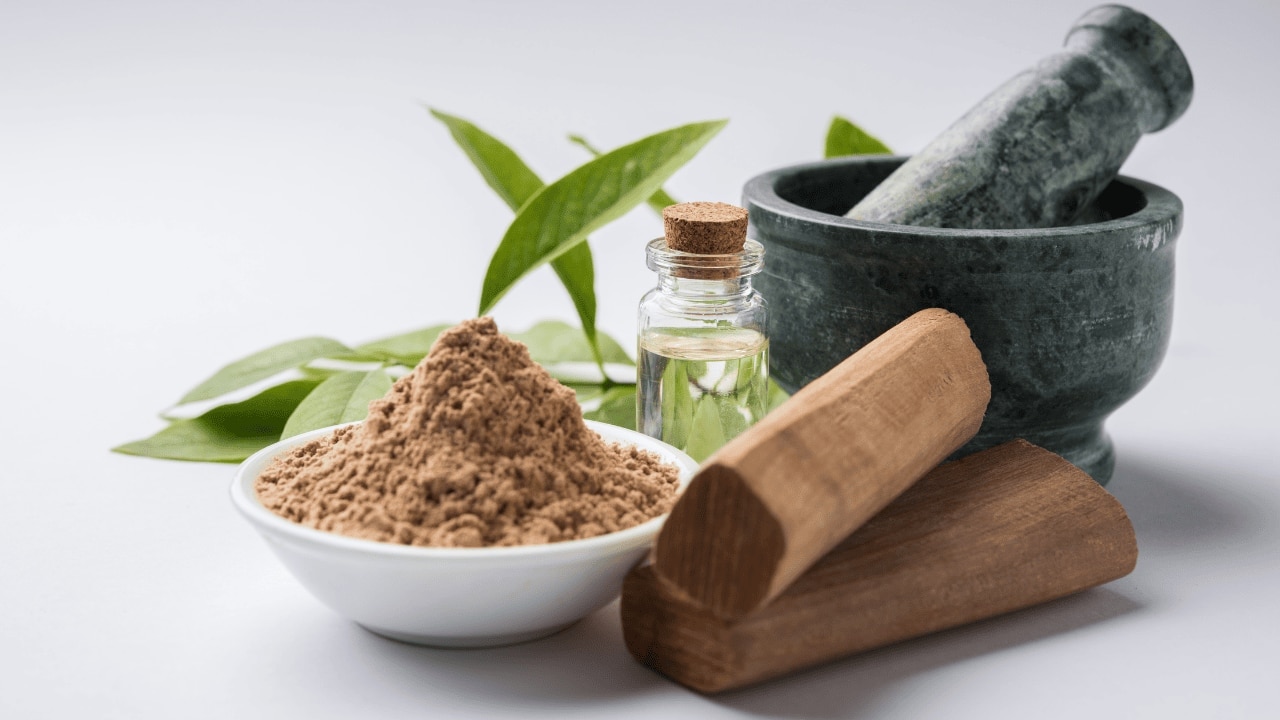
Sandalwood has soothing and skin healing properties, it is used as a face mask to tackle skin problems like acne and dull skin. However, this natural ingredient can also be used for pale skin. How to: Prepare a face mask using sandalwood, turmeric and milk, mix well and apply evenly all over the face. Wash off once dry and repeat twice a week for best results.
- Milk and honey
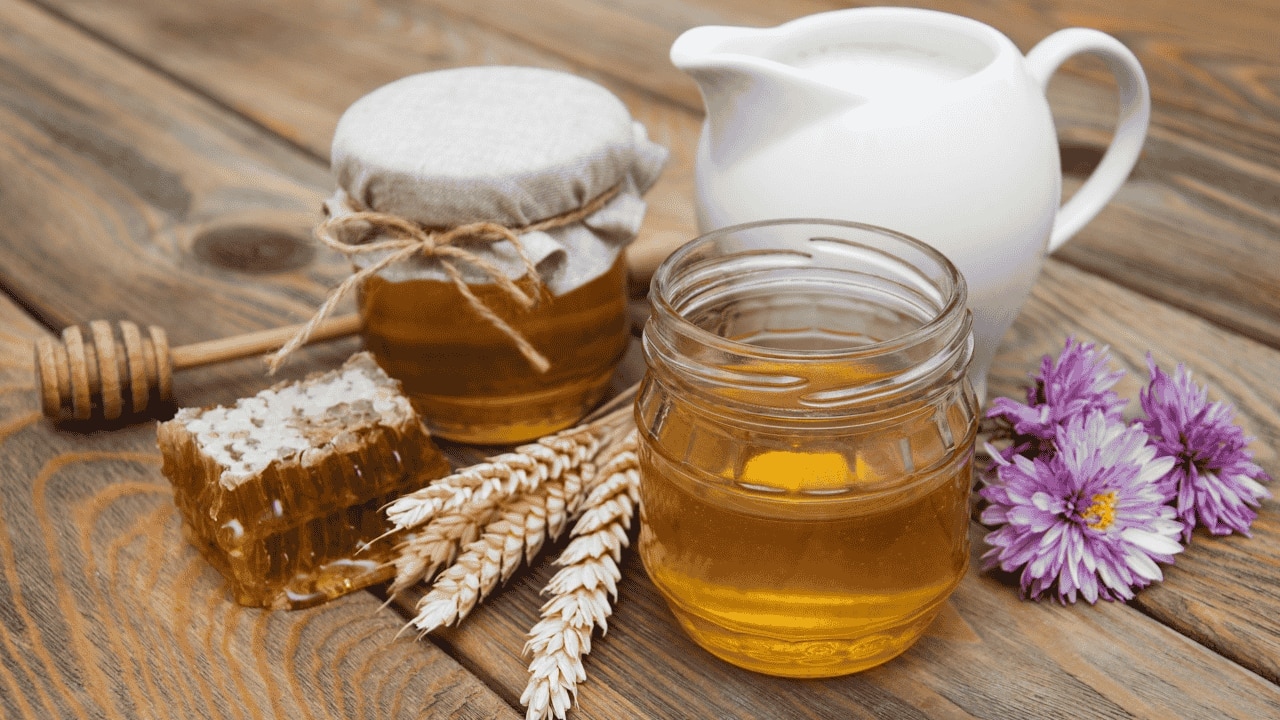
Milk has mild exfoliation properties due to the presence of lactic acid, honey on the other hand, has skin nourishing and repairing abilities, and combining the two can have a positive effect on pale skin. How to : Take two tablespoons each of milk and honey, mix well, add a few drops of lemon and apply all over the face. Wash off after 15-20 minutes to reveal glowing and healthy skin. Repeat once every week.
- Applying aloe vera
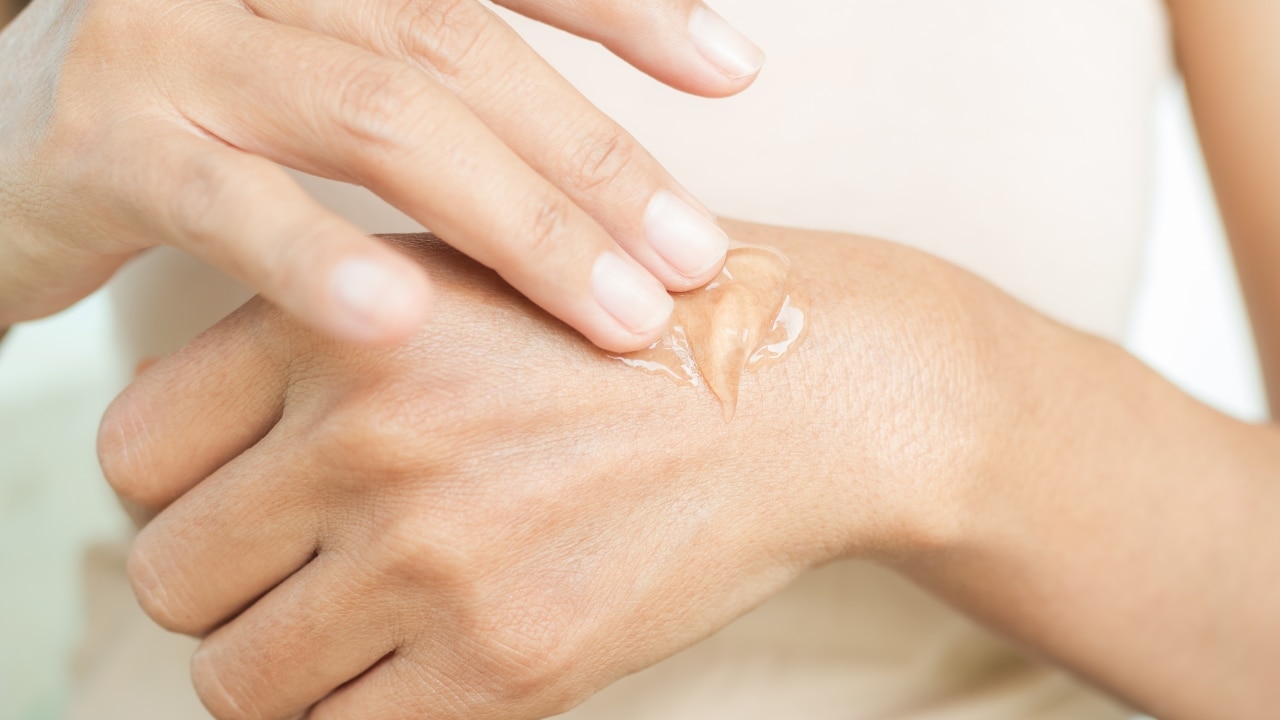
Did you know aloe vera has the ability to regulate tyrosinase activity in the skin which is responsible for melanin production? It also has skin repairing properties due to the presence of antioxidants that gives you brighter and smoother skin. How to : Simply cut a leaf of aloe vera and rub it directly on your face every day to keep most skin issues at bay including pale skin.
- Rub tomato pulp
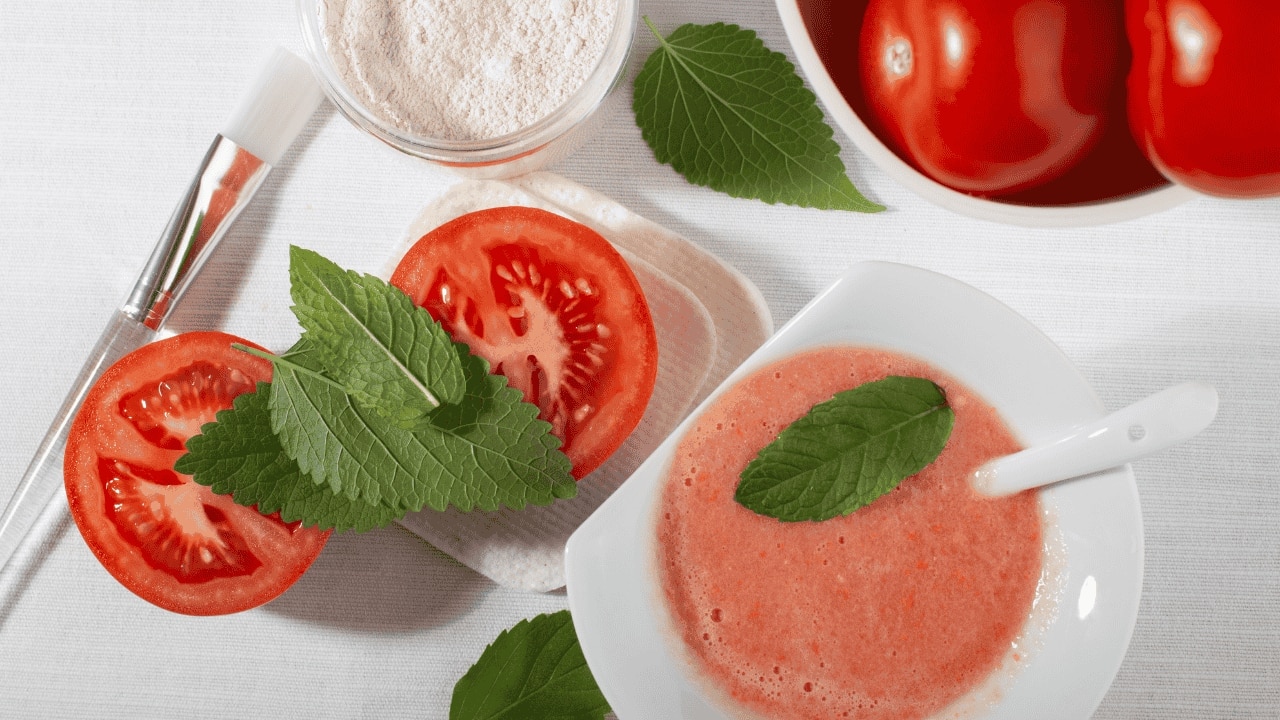
A mild exfoliator, tomato removes dead skin cells and brightens skin tone . The presence of vitamin C in tomatoes also tackles other problems and helps you retain your skin's natural colour. How to: Cut a slice of fresh tomato and rub it gently on your face in circular motions. Once dry, wash it off with cold water. Repeat three to four times a week.
05FAQs about pale skin
1) Can dehydration cause pale skin?
A. Pale skin can also occur due to environmental factors. Extreme temperatures like cold weather can cause the skin to dehydrate, making it appear pale. Therefore, it is recommended to follow a thorough skincare routine and regularly moisturise the skin in cold environments.
2) What is pale skin a sign of?
A. One can experience pale skin when the supply of oxygen to the skin decreases. This is why one of the biggest symptoms of anemia is pale skin.
3) Is it good to be pale?
A. In ancient times, pale skin was considered beautiful, women used natural ingredients to get pale skin, as it was a marker of social status and class. Now, it is considered unhealthy.
4) What causes pale skin?
A. Pale skin can be caused by anemia, vitamin deficiencies, low blood flow, or lack of sun exposure.
5) Is pale skin the same as having less pigment?
A. No, pale skin is usually due to reduced blood flow or red blood cells, not a lack of pigment like in albinism.

